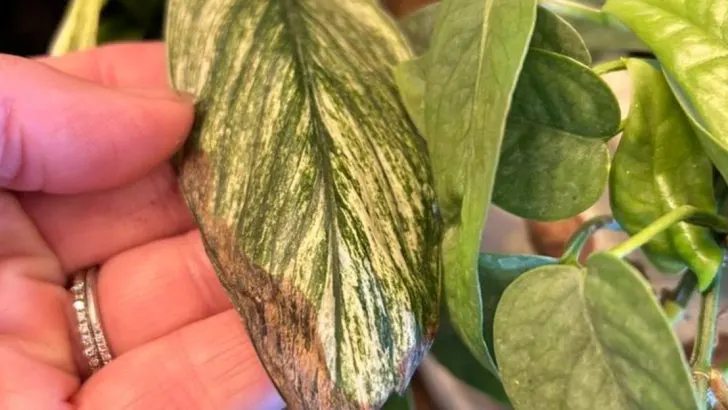Plants may not speak, but they’re constantly sending signals—subtle hints, quiet warnings, and even distress calls. The problem? Most of us don’t realize we’re being told something until it’s too late.
That brown leaf? It might not be “just age.” The wilting stem you thought was from heat? Could be a root issue. Whether you’re new to gardening or have years of experience, it’s easy to overlook the small signs plants use to communicate that something’s off.
This list of 19 commonly missed cries for help will open your eyes to what your plants have been trying to tell you all along. From droopy leaves to weird spots to strange growth habits, we’ll break down what to watch for—and more importantly, how to fix it.
If you’ve ever lost a plant and weren’t quite sure why, this guide might just save the rest. Let’s decode the hidden language of plants—before the damage is done.
Wilting Leaves
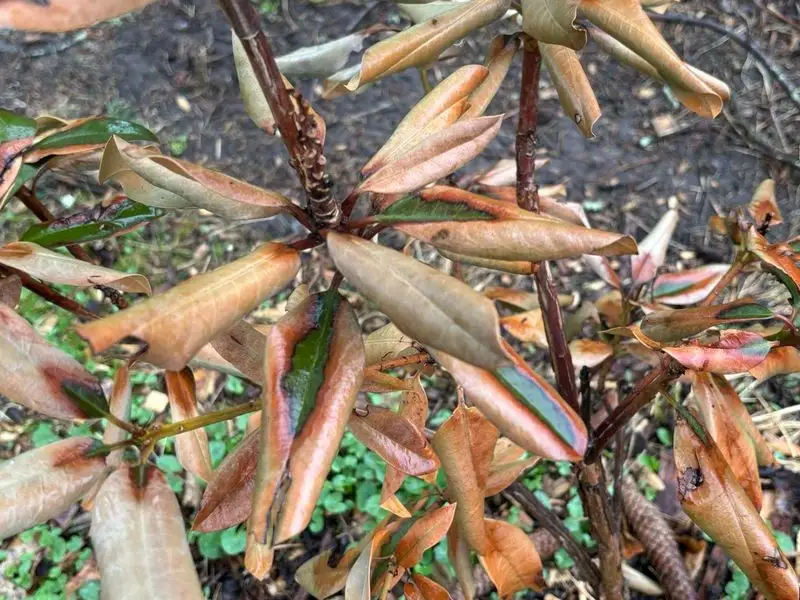
When leaves wilt, it’s as if your plants are whispering their thirst to you. This common sign indicates a lack of water, often accompanied by a hint of desperation in their droop. Not all wilting is due to underwatering, though. It can also result from root rot caused by overwatering, where roots suffocate without oxygen. Observing the soil’s moisture level is key. A quick moisture test can reveal if your plant is parched or drowning. Remember, the pot’s drainage plays a crucial role in preventing this silent cry for help.
Yellowing Leaves
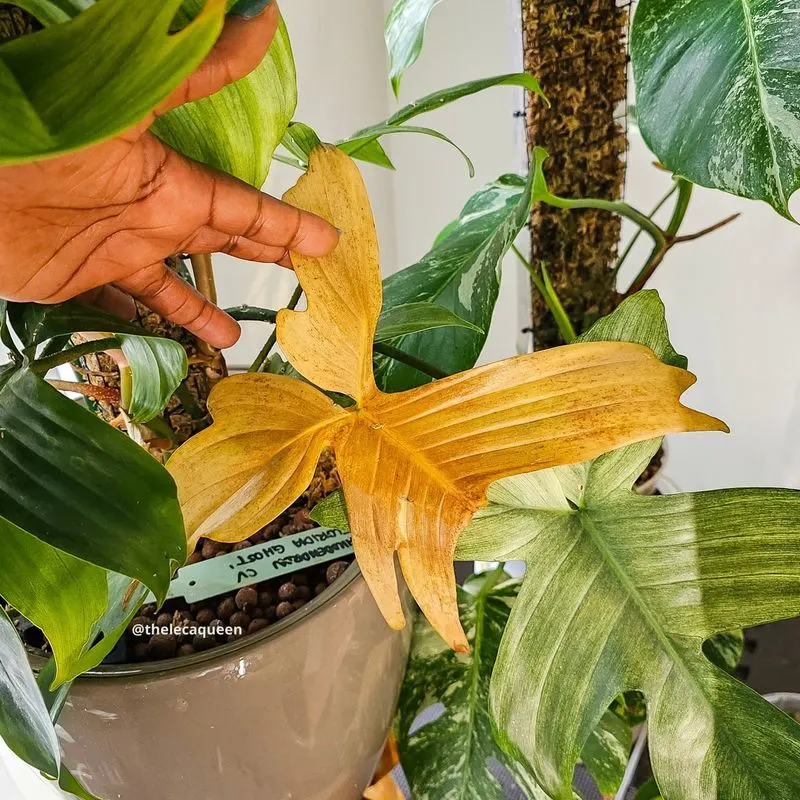
Yellowing leaves are a vibrant warning signal. This can stem from nutrient deficiencies, often nitrogen or iron. Overwatering can also lead to this sunny shade as roots struggle to breathe. Pest infestations or lack of sunlight may transform green into gold. Checking for proper nutrient levels or inspecting for bugs can unearth the cause. Adjusting water routines or repositioning to a sunnier spot might revive that verdant glow. When leaves turn yellow, your plant’s vibrant protest is clear—it’s time for some detective work.
Brown Leaf Tips
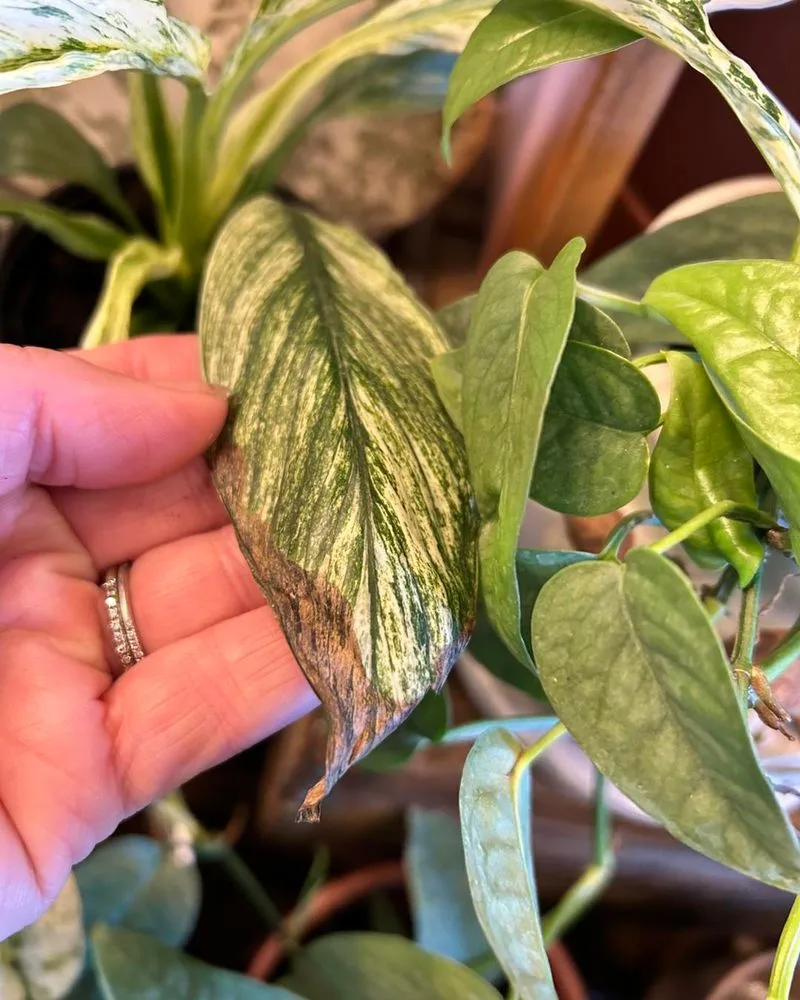
Brown tips resemble a plant’s subtle frown, revealing its discomfort. This crisp, dry sign often hints at low humidity or inconsistent watering. Tap water, rich in salts and minerals, can sometimes scorch delicate leaves. Observing water quality or misting might reverse the condition. If tips remain parched, consider relocating your plant to a more humid environment. Brown tips are like the plant’s way of saying “Enough!”, demanding a change in its care routine. Addressing this can restore its leafy smile.
Dropping Leaves
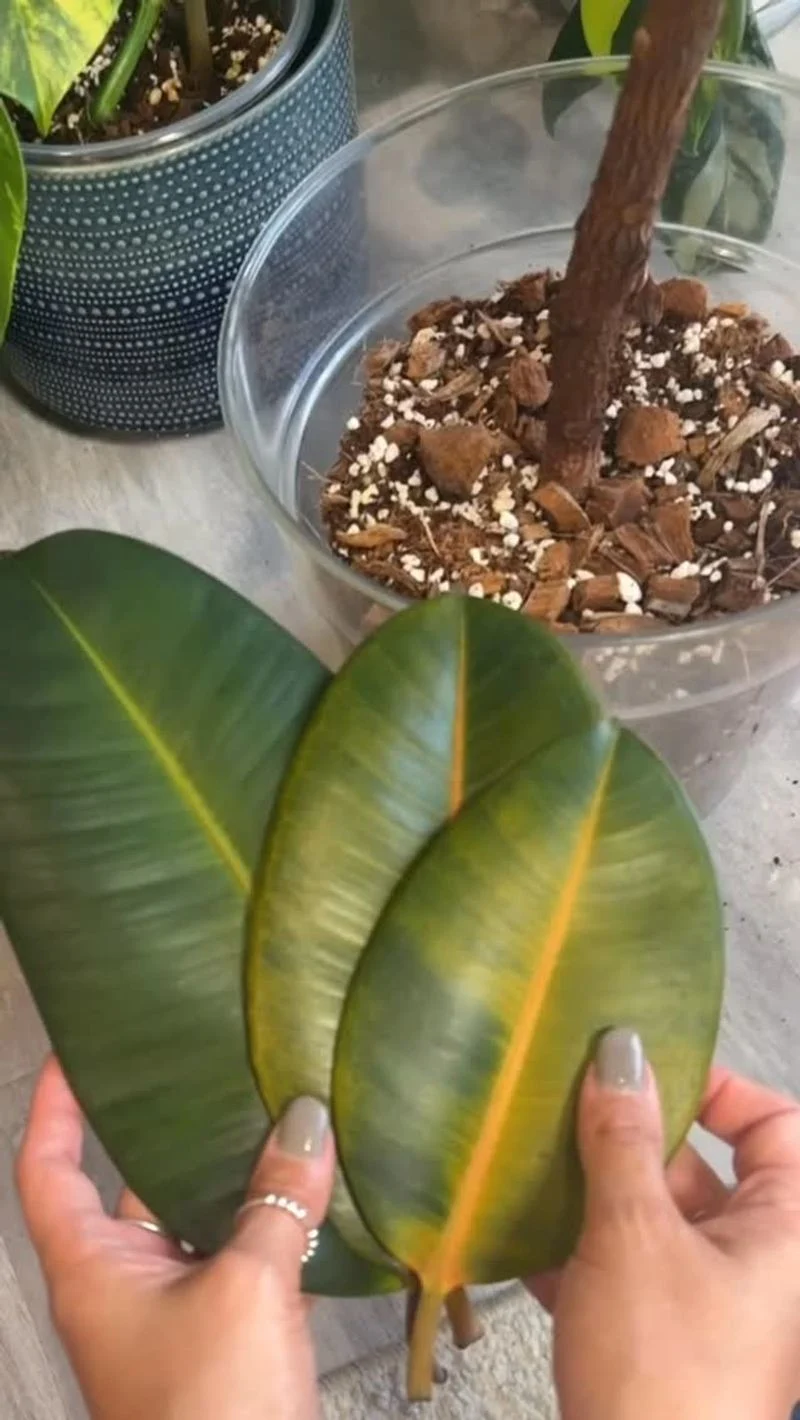
A rain of leaves suggests your plant’s displeasure. This shedding can result from sudden environmental changes, like a draft or temperature drop. Insufficient light or water stress might also trigger this leaf litter. A gentle touch to ensure stability or reassessing light conditions can help. Tailoring care to its preferences prevents further leaf loss. Consider this natural carpet a plea for a steadier environment. Your plant’s fallen leaves are more than just a mess—they’re a message.
Stunted Growth
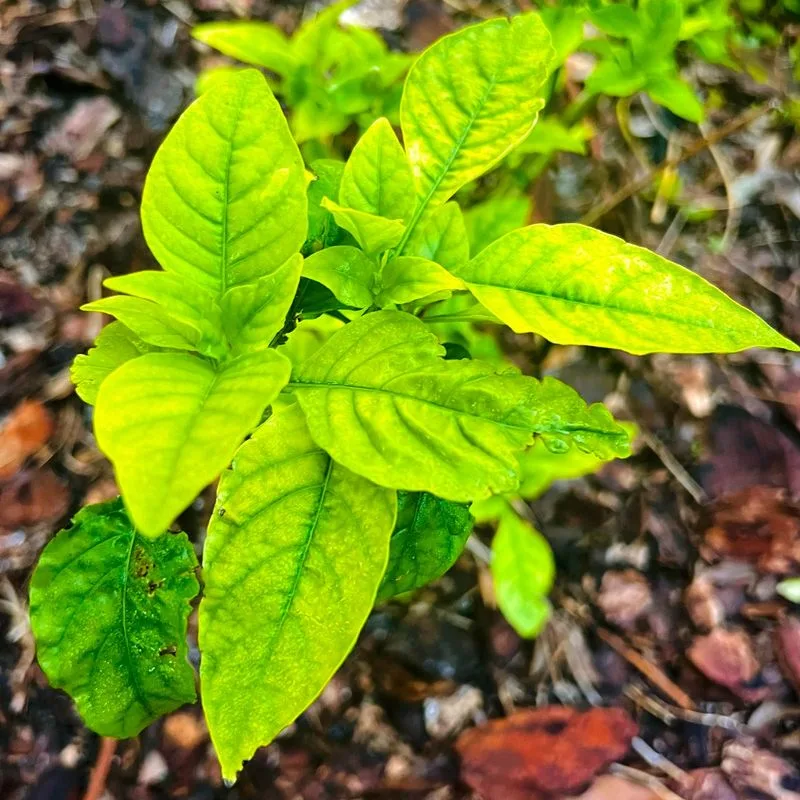
Growth that’s paused is a silent outcry. Nutrient-depleted soil or a cramped pot might be the culprit. Without room to expand or sufficient nourishment, your plant’s development halts. Regular repotting and fertilization can invigorate its growth. Observing soil condition or pot size could reveal the restriction. Encouraging space and sustenance can renew its vigor. When growth is stunted, it’s your plant’s quiet plea for expansion and enrichment.
Discoloration Spots
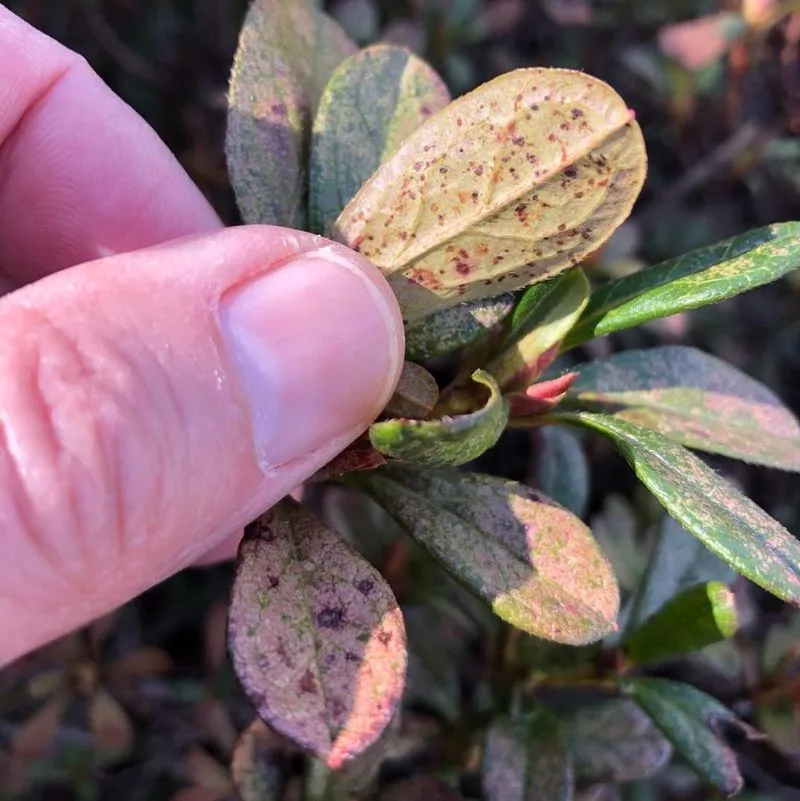
Discolored spots often act like a plant’s internal alarm. This patchwork can indicate fungal infections or pest damage. Overhead watering or excessive humidity might also leave such marks. Careful inspection can diagnose the issue. Adjusting watering methods or treating with mild fungicides might clear the blemishes. Spots are a plant’s discreet SOS, signaling distress and requiring attentive care. Understanding these markings can lead to healthier foliage.
Curling Leaves
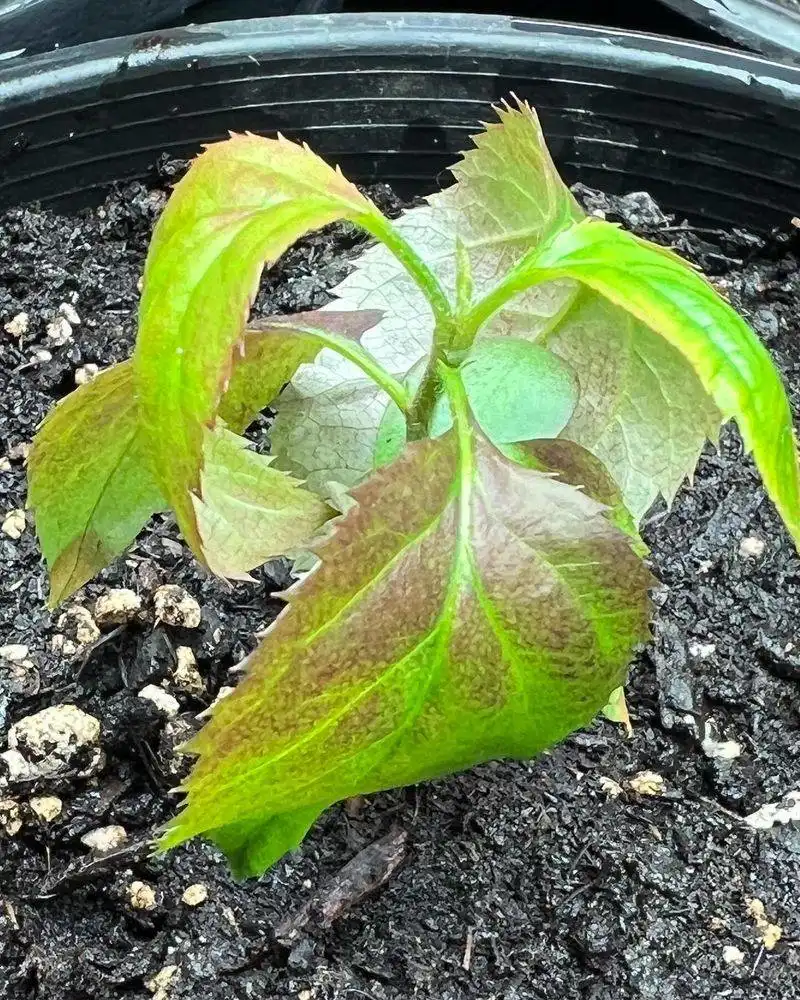
Curling leaves whisper a tale of imbalance. Whether it’s too much sun, a pest invasion, or nutrient shortage, the curl reveals all. Inspecting for insects or assessing light exposure can offer solutions. Addressing soil nutrients may also mend these curvatures. This curling dance is your plant’s expressive way of seeking harmony. With a little investigation, you can smooth out these twists and restore balance.
Faded Leaf Color
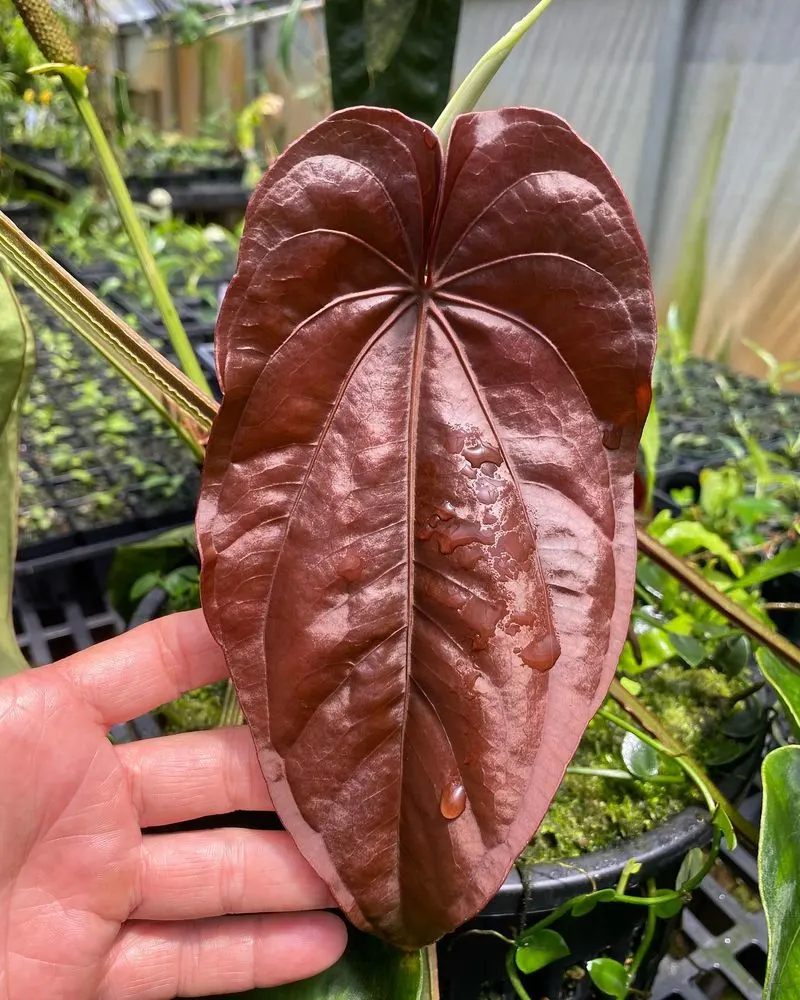
Faded hues suggest your plant’s longing for more. This pale demeanor might result from inadequate light or nutrient scarcity. Observing the light source or adding plant food can revive its rich color. Sometimes, simply rotating the plant can enhance exposure. Fading is a gentle nudging toward better conditions. Your plant’s color fade is not just a fashion statement—it’s a request for heightened care.
Moldy Soil
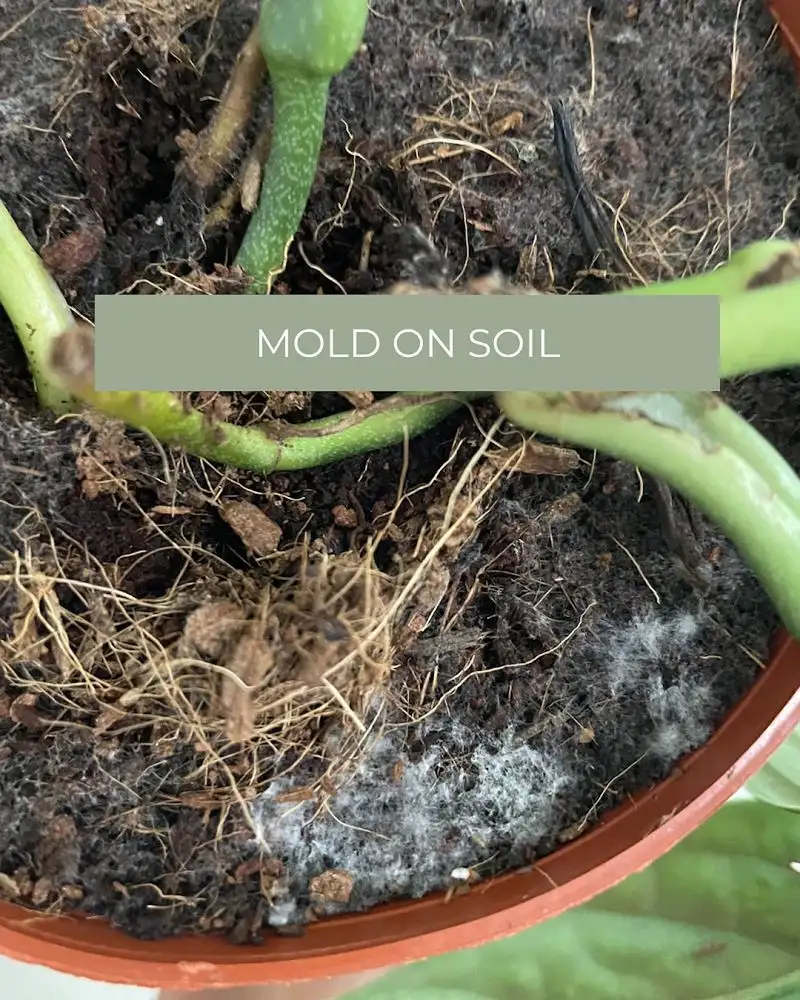
Moldy soil is a plant’s not-so-subtle hint at overwatering. This fuzzy invader thrives in damp conditions, often at the expense of root health. Improving drainage or reducing watering frequency can deter mold growth. Ensuring good air circulation also helps. Mold’s presence is an undeniable flag, waving for a shift in watering habits. Clearing this fungal fuzz restores your plant’s vitality and soil integrity.
Leggy Growth
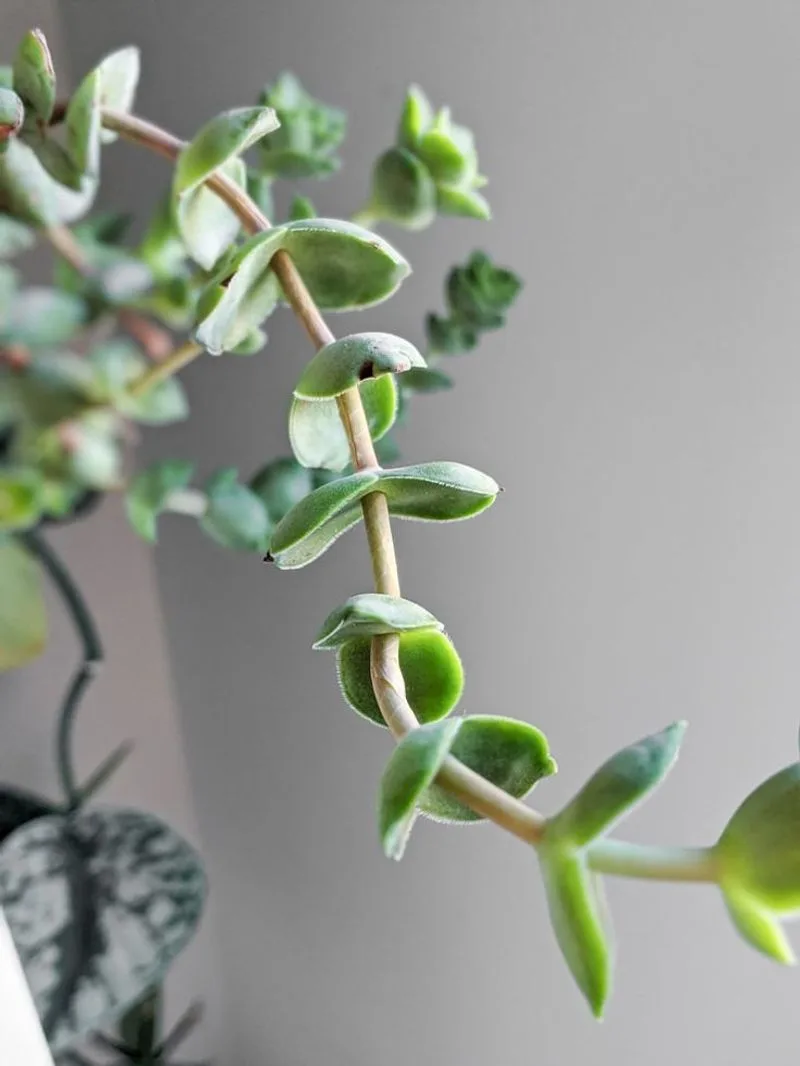
Leggy growth shows your plant’s desperate reach for light. This elongated stretch weakens stems, leaving them fragile. Repositioning closer to a light source or using grow lights can strengthen it. Pruning encourages bushiness, offering a fuller appearance. When your plant goes leggy, it’s a clear signal for more illumination. By tweaking its environment, you can promote robust growth and a more compact form.
Root Bound
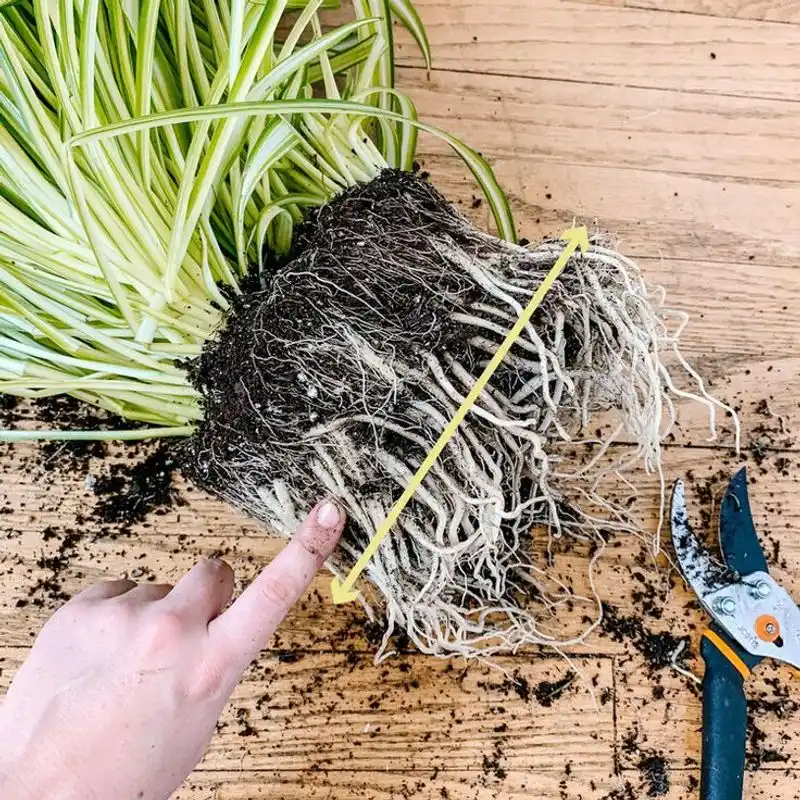
Roots tightly bound express confinement. Overgrown roots circle the pot, stifling growth and nutrient absorption. Repotting into a larger vessel offers relief and encourages spread. Observing drainage or soil condition can guide the process. This root entanglement is a cry for freedom, signaling it’s time for a new home. Relocating your plant can foster health and vitality, granting the roots room to unfurl.
Sticky Leaves
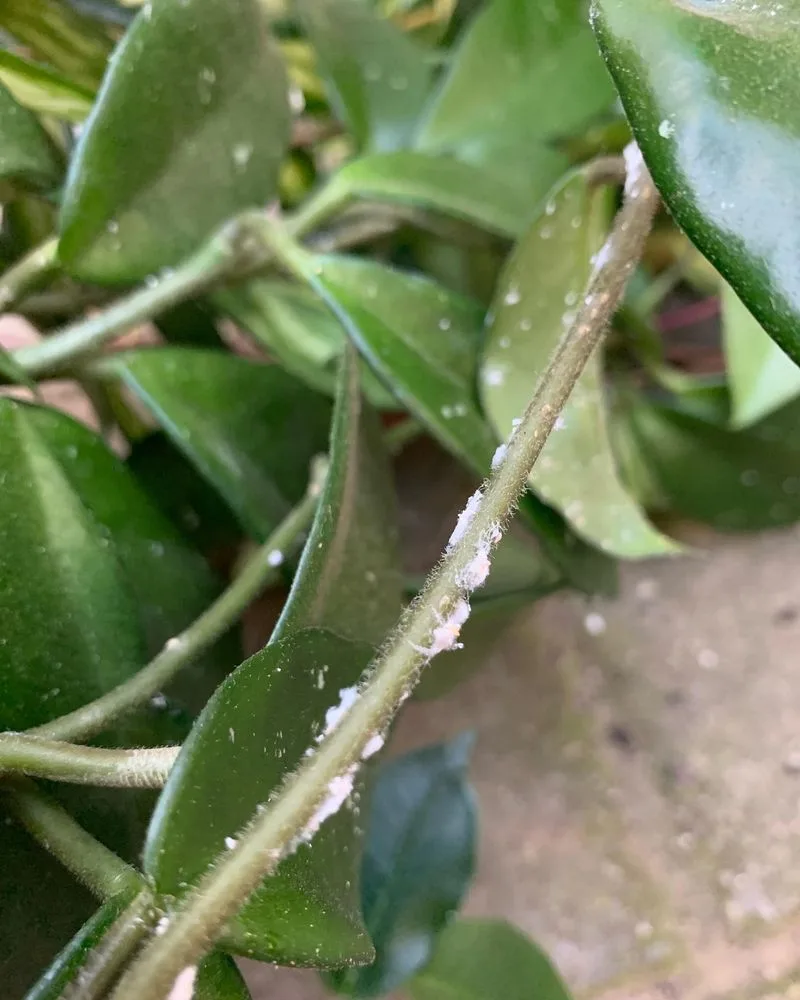
Sticky leaves reveal a sugary secret, often left by pests. Aphids or scale insects may be the culprits, leaving behind a telltale residue. Inspecting for these invaders or using insecticidal soap can remedy the issue. Regular cleaning of leaves maintains health and appearance. Sticky leaves are a plant’s way of flagging unwanted guests, urging intervention. Addressing this stickiness ensures a pest-free, thriving plant environment.
White Powder on Leaves
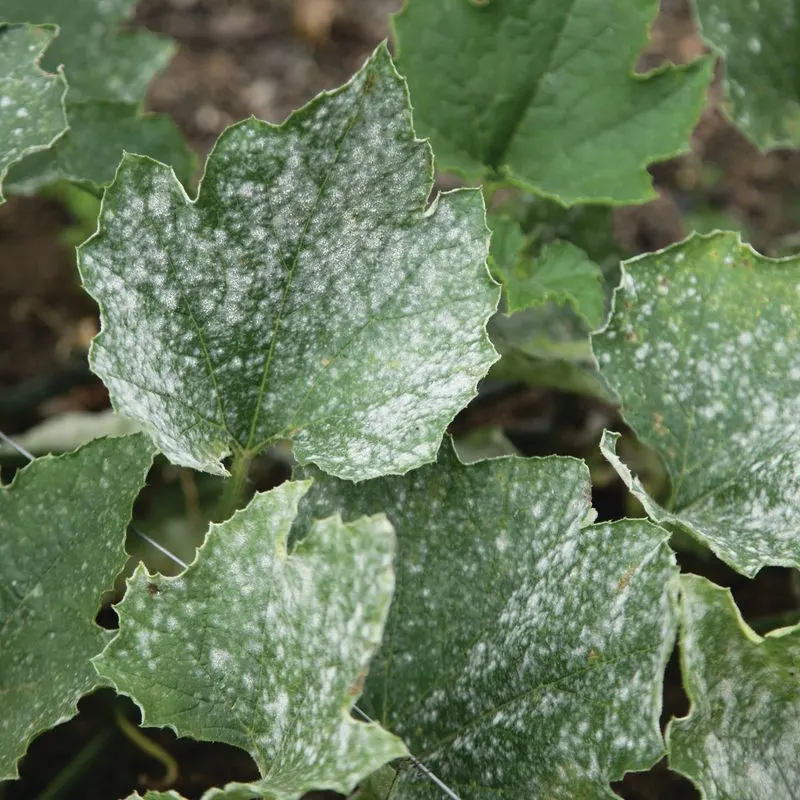
White powder signals mildew’s unwelcome arrival. This dusty coating often thrives in humid, stagnant conditions. Improving airflow or reducing humidity can curb mildew growth. Gentle cleaning of leaves or applying fungicides might also be necessary. This white coating is a silent plea for fresher air and cleaner surfaces. Addressing it promptly keeps your plant healthy and mildew-free.
Spotted Leaves
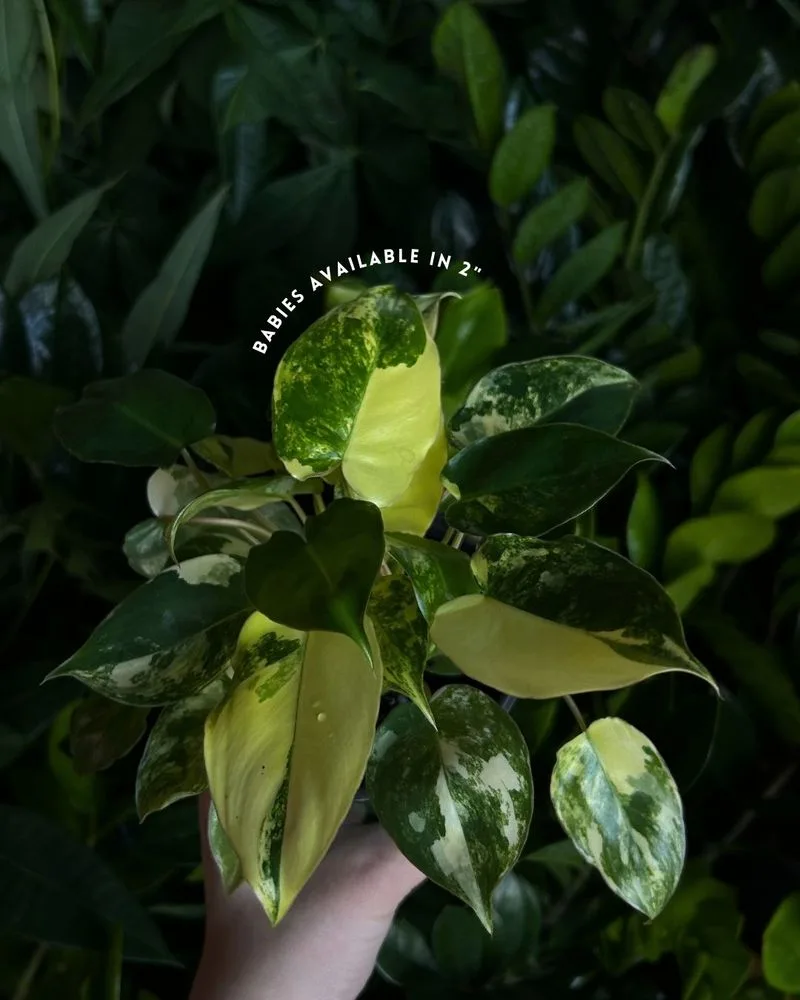
Dark spots on leaves broadcast distress signals. These blemishes often hint at bacterial or fungal infections. Addressing them with precise watering and airflow can prevent spread. Careful monitoring or applying treatments may heal these scars. Spotted leaves are a plant’s coded message for attention and care. By decoding these spots, you can foster a vibrant and flourishing plant life.
Sagging Stems
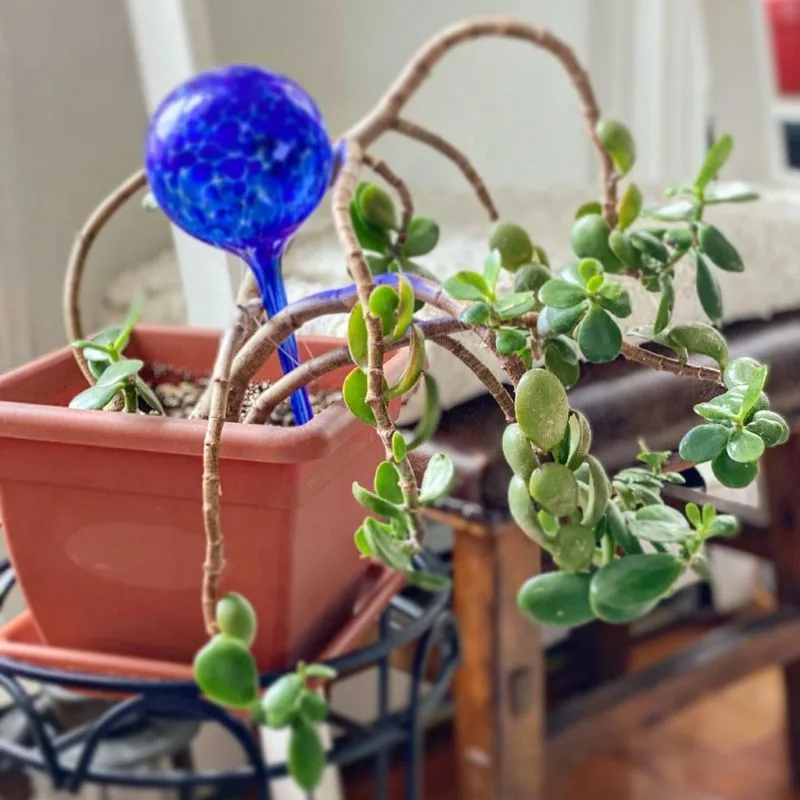
Sagging stems share a tale of imbalance. Overwatering or lack of support might cause this languid display. Providing stakes or adjusting watering could revive structure and strength. Observing for pests or environmental factors ensures comprehensive care. These stems are a plant’s nonverbal plea for balance and reinforcement. By addressing this droop, you can restore vigor and vitality.
Crispy Leaves
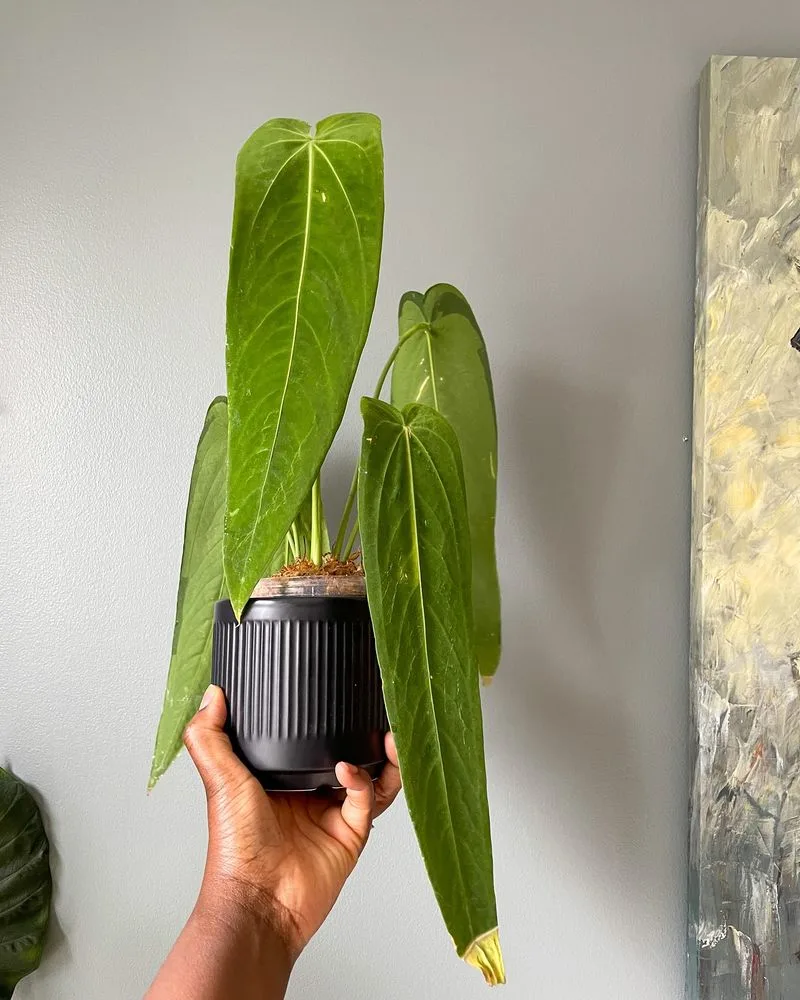
Crispy leaves express a thirst for change. Heat stress or low humidity often results in this brittle texture. Adjusting environmental conditions or increasing humidity can reintroduce softness. Regular watering or misting may also alleviate this crispiness. Leaves that crackle under touch signal a need for moisture. By tuning into these changes, you can restore vitality and suppleness.
Swollen Stems
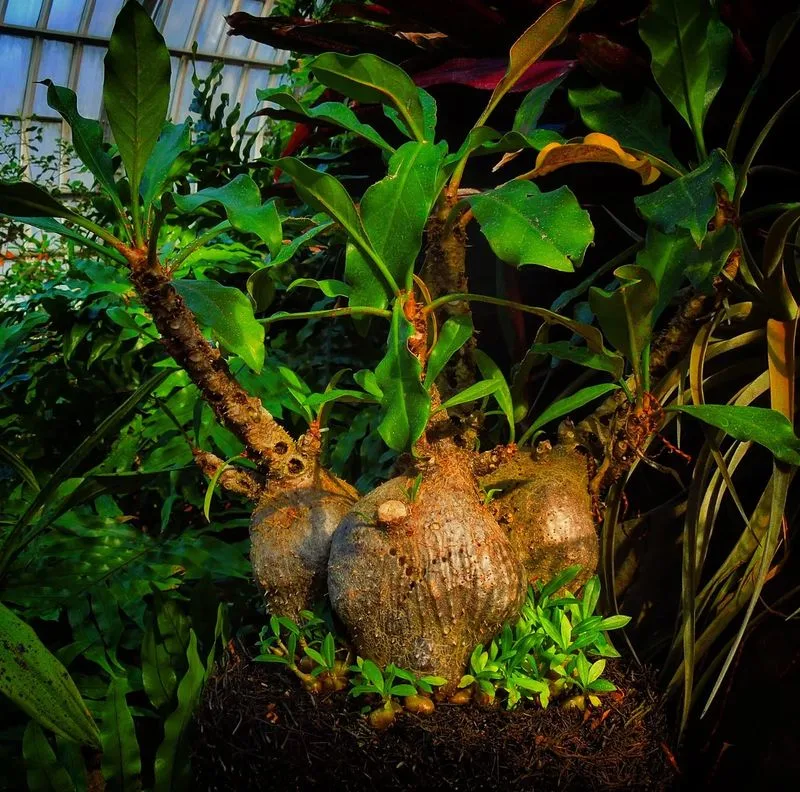
Swollen stems hint at unusual growth patterns. Overwatering or pest issues might lead to such enlargement. Observing root health or adjusting watering habits can remedy the situation. Clearing pests or ensuring proper drainage prevents further swelling. These plump stems are a plant’s unique expression, signaling a need for intervention. Addressing these concerns fosters a healthier and more stable environment.
Pale Flowers
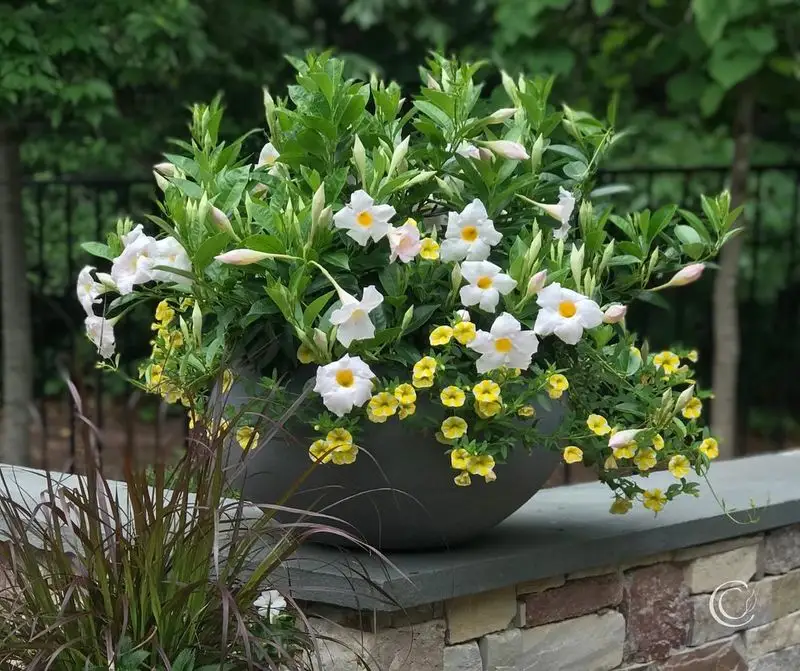
Pale flowers reveal a longing for nourishment. Lack of nutrients or imbalanced light often reduces bloom vitality. Fertilizing or repositioning can enhance color brilliance. Observing soil condition or adjusting care routines supports floral health. These muted blooms are a floral SOS for better conditions. By nurturing these flowers, you ensure vibrant and enduring beauty.

